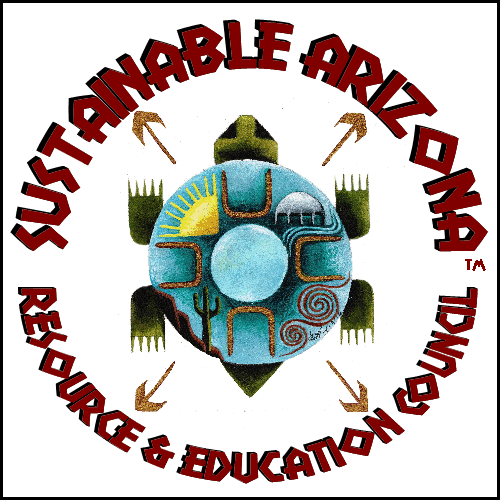ACEEE and many others have noted the importance of the nexus between energy and water issues. Energy is used to move, treat, and heat water. Water is vital for producing energy, such as for cooling electric generating plants. Insufficient water availability can increase energy use for pumping and decrease energy production. Flooding can damage both energy and water systems. And there are many opportunities to promote both energy and water efficiency at the same time. Next month we will release a fact sheet on our work on the energy-water nexus and how both energy and water efficiency play critical roles. But first, I want to explore how the relationship between energy and water may evolve in future years, particularly in response to climate change.
Impacts on water supply and demand from Climate change
Parts of the US—primarily in the triangle from Montana to southern California to western Texas—are already experiencing water stress, meaning that water is being withdrawn from water sources at a rate that might not be sustainable (see map on page 272 here).
According to the US Global Change Research Program, as the climate changes, some regions, such as south of the Great Lakes, will get more precipitation and other regions, like the southwest, will get less. A stylized map of expected precipitation changes from their 2008 report is below.

Water flow change in 2040-2060 relative to 1901-1970. Source: US Climate Change Science Program, p. 138. (following this report the program was renamed the US Global Change Research Program). Read more here…

